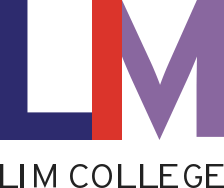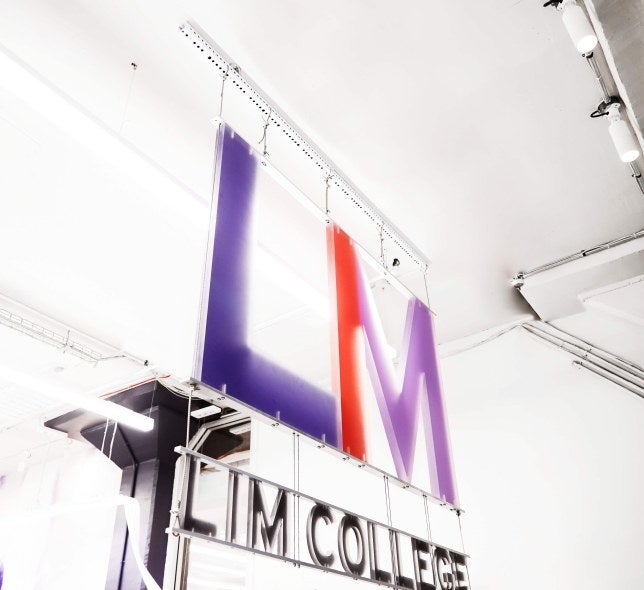I was a confused LinkedIn user.
Sure, I can add connections and see internship / job opportunities, but I always wondered, why am I going through these motions? None of my peers could really explain their LinkedIn strategy either, and sometimes learning about the platform in class added to the confusion. I felt like there was some hidden rulebook to how to use LinkedIn.
I took my questions to Kate Puglia, a Career Coach in LIM’s Career Services department. She helped define five tips on improving and utilizing a LinkedIn profile.
1. Position Yourself
How do you want to present yourself to recruiters and employers? Take the time to make your profile a reflection of yourself. Make sure you have a good headshot photo (psst, Career Services offers free LinkedIn headshots the first Monday of every month) and a unique banner image. If you have a profile section on your resume, your LinkedIn summary can include similar information.
Generally, describe your strengths and experiences, adding what opportunities you’re seeking. Don’t be afraid to bullet info, especially when it comes to listing your transferrable skills. Also, make sure to customize your LinkedIn URL to your name, so others can find your profile.
2. Be Selective
You don’t have to accept every single connection request … and you probably shouldn’t if you want to keep a purposefully curated professional network. The people you add to your network should align with your industry and goals. For instance, if you’re interested in event planning, strategically seek out contacts in that sector or within a company of your choice. Before connecting, consider: Is this person related to my career interests?
3. Messaging Etiquette
The selectiveness rule goes for InMail messages, too. It’s completely at your discretion whether to respond to InMail messages. If it seems like a bot or a scam, don’t bother with it. If you are unsure on the company, do some quick research to evaluate if it’s professional and if it will benefit you.
Here’s a tricky example: I receive messages for positions I am not qualified for (bachelor’s degree required, or a certain amount of work experience). If the position or company interests you, Kate recommends sending a response. Thank them for the message, but kindly add that you aren’t the proper candidate for this job at this time. It’s best to be amiable and courteous because they might be a valuable future connection.
4. Consider Which Info to Make Public
I assumed including information from my resume on LinkedIn was too redundant. However, Kate thinks this is actually beneficial. Recruiters notice your consistency across the board, and crafting your LinkedIn profile to be as thorough as possible adds to your authenticity.
Kate also suggests adjusting LinkedIn’s privacy settings based on what information you want those outside your network to be able to see. You may not want the whole LinkedIn ecosystem to see professional details about you, but if someone reaches out with an opportunity, you can add them to your network and allow them to see your specific resume information.
5. Reaching Out
I meet and learn about industry professionals—through events, class discussions, Instagram, etc.—but I never know how to start a conversation or get them to connect with me. Kate encourages that when sending a connection request, always add a note. Keep it short and be clear. State your interests and give context as to why you are reaching out. This could certainly flow into an informational interview if you want to learn more about their experience or their employer.
As it turns out, LinkedIn is really a combination of personal branding and networking. You create the profile you want, based on your goals. If you are pursuing something like planning or finance, brand yourself with clean and straightforward appeal. If your goal is working in visual merchandising, include eye-catching elements that demonstrate your personal creativity.
If I had to choose a “golden rule” for LinkedIn, it’s this: be authentic.




